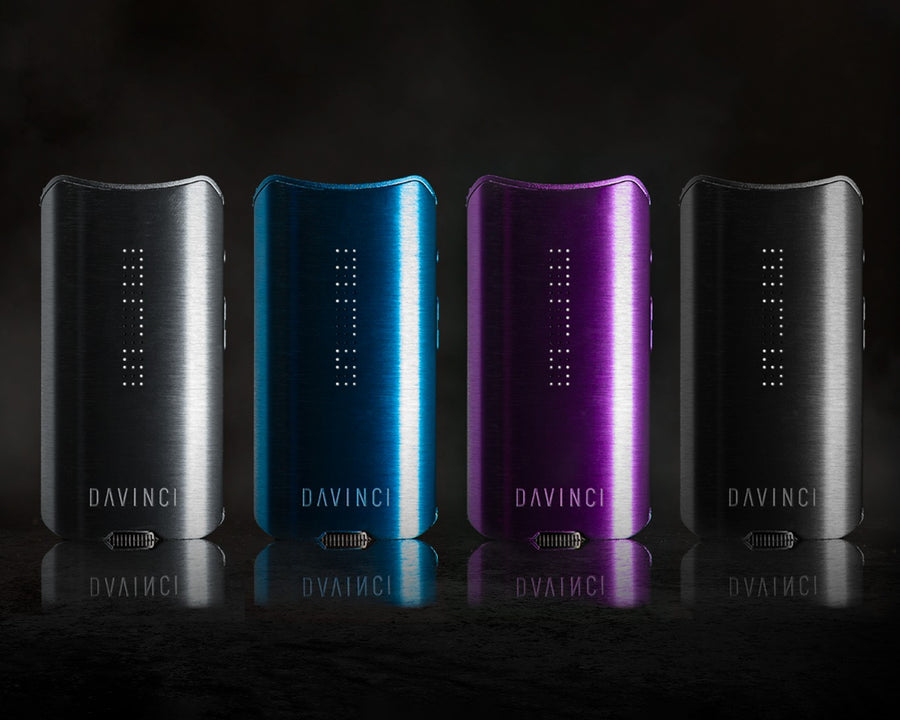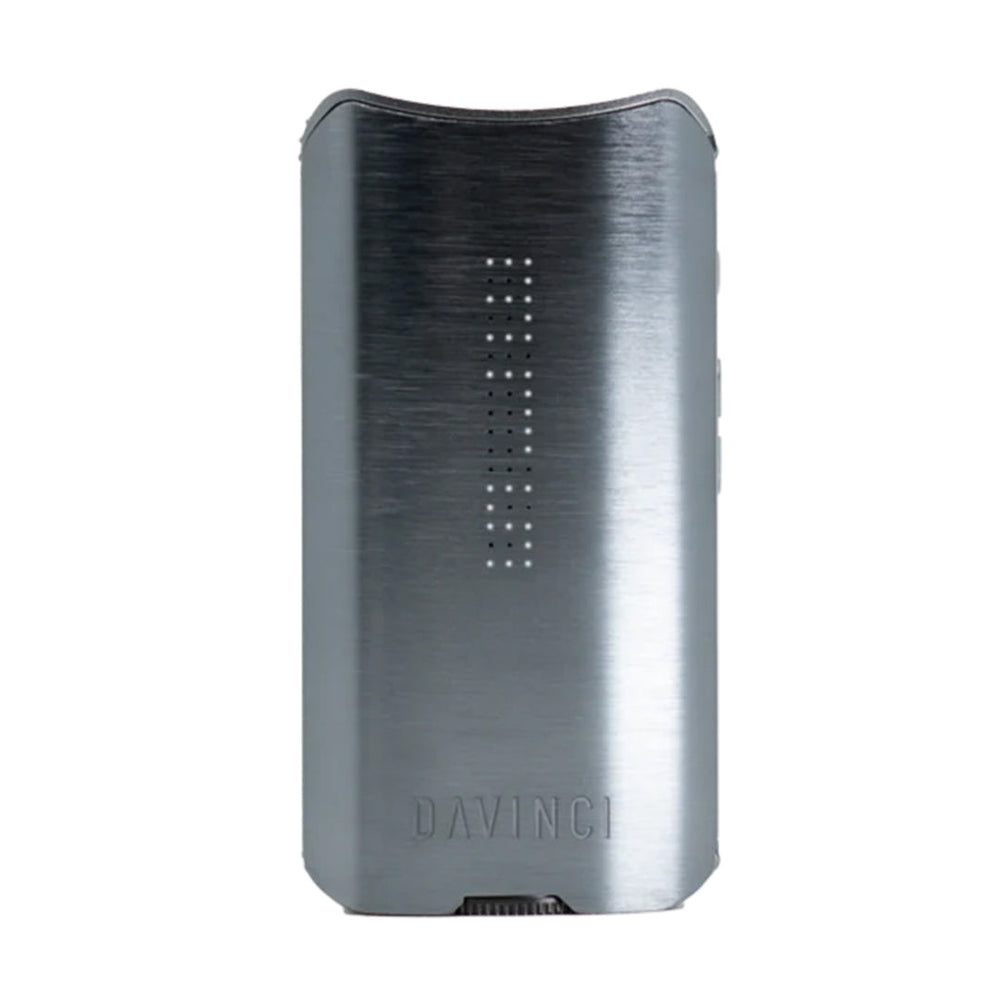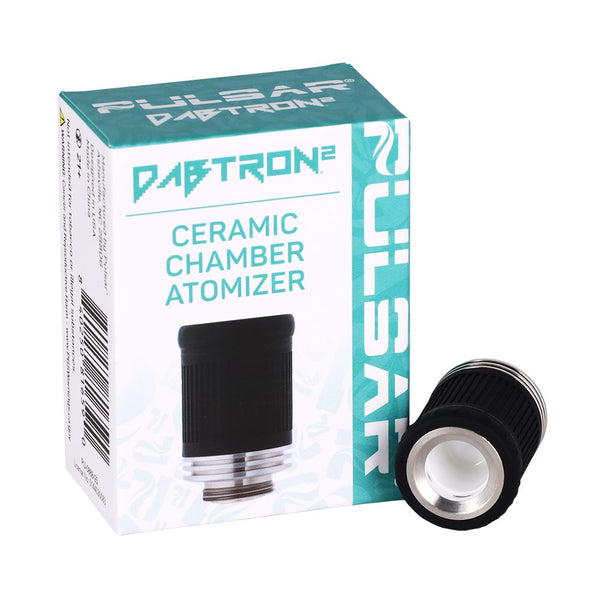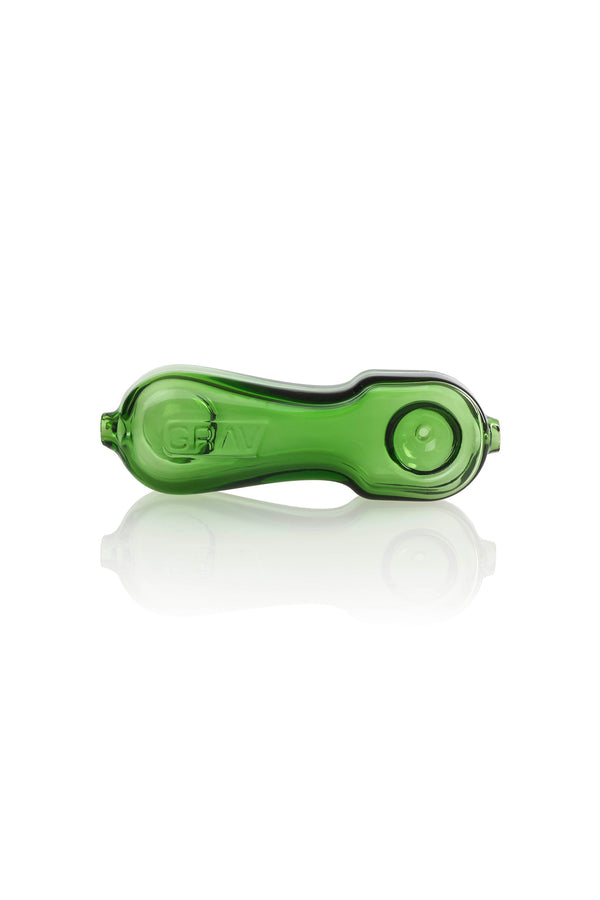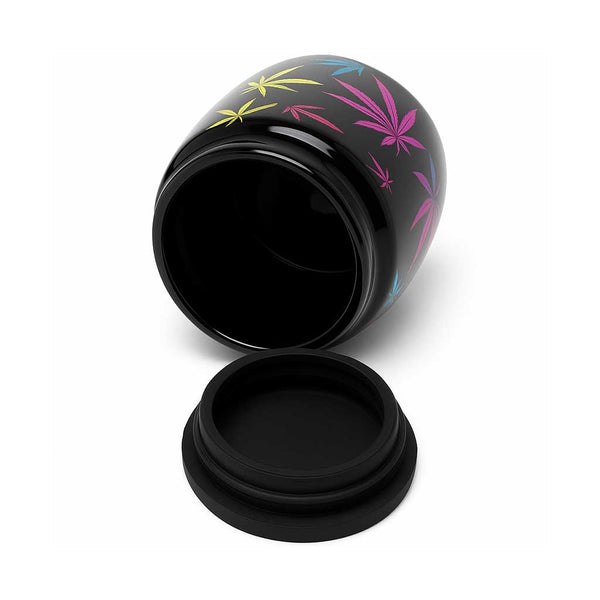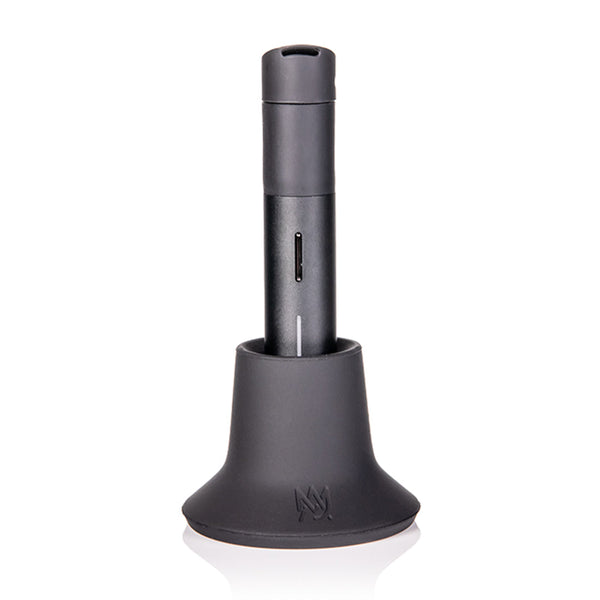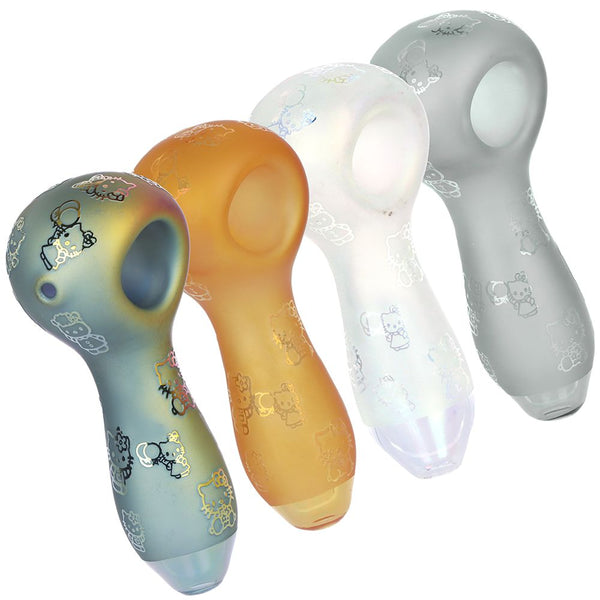What is Vape Made of: Understanding the Ingredients and Composition Explained

Many people wonder what is actually in the vape juice they're inhaling. A fact that might surprise some is that e-liquid, a key component of vaping devices, consists of more than just flavor.
This article will break down the ingredients and composition of vape juice in straightforward terms, making it easier for you to understand what you're putting into your body. Keep reading; knowledge awaits.
Components of Vaping
Vaping includes various components, such as nicotine, propylene glycol, glycerin, flavorings, and aerosol. These elements come together to create the vaping experience.
Nicotine
Nicotine is a key ingredient found in most e-liquids used in vaporizers and electronic cigarettes. This substance is extracted from tobacco plants and is what gives vaping its addictive quality.
E-liquids come with different nicotine strengths, allowing users to choose how much they ingest.
Nicotine levels in e-juices can vary greatly, offering options for those looking to reduce their intake or prefer a stronger hit.
Despite being less harmful than the thousands of chemicals found in traditional cigarettes, nicotine still poses health risks. It affects heart rate and blood pressure, making its consumption something vape users need to consider carefully.
Propylene glycol and glycerin
Propylene glycol and glycerin are two main ingredients in e-juice. Propylene glycol is used to distribute flavor evenly, while vegetable glycerin produces the vapor. These ingredients are generally recognized as safe by the FDA.
E-liquids typically contain a mix of these two substances, with varying ratios for different vaping experiences.
Vape users should understand that propylene glycol and glycerin create the base for e-juices, making them essential components of vaping products like eliquids and cartridges. It's important to note that these substances have been extensively studied and approved for consumption by regulatory bodies, ensuring their safety when used in vape liquids.
Flavorings
Flavorings in e-juice give vape users a wide variety of tastes to choose from, with options like fruit, dessert, and menthol. These flavorings are made using natural and artificial ingredients such as vanillin for sweetness or citric acid for tartness.
However, it's crucial to note that some vape flavors may contain harmful chemicals or carcinogens linked to serious health risks. For instance, the presence of diacetyl in certain buttery flavors has been associated with severe respiratory ailments.
Furthermore, research indicates that many vape flavorings undergo chemical changes when heated by vaping devices. This can lead to the formation of toxic compounds like acrolein and formaldehyde.
As a result, it's important for vapers to stay informed about the specific ingredients in their chosen e-juices and opt for products that prioritize safety and transparency regarding their flavoring components.
Aerosol
The aerosol produced by vaping contains tiny particles that can penetrate deep into the lungs. This aerosol, often mistaken for harmless water vapor, actually contains harmful chemicals like formaldehyde and acrolein.
These chemicals pose health risks and can cause respiratory issues. In fact, research has found that vaping aerosol can contain toxic metals such as lead, nickel, and chromium which are linked to serious health problems.
Moving on to Harmful Chemicals and Metals in Vaping...
Harmful Chemicals and Metals in Vaping
Chemicals and metals in vaping can pose health risks. Read more to understand the potential dangers of vaping.
Toxic chemicals in e-juice
E-juice contains toxic chemicals such as formaldehyde, acrolein, and acetaldehyde. These chemicals can cause respiratory issues and have been linked to cardiovascular diseases. Additionally, heavy metals like lead, nickel, and chromium have been found in e-juice, posing serious health risks when inhaled.
Vape users need to be aware of these harmful substances to make informed decisions about their health.
Vaping exposes individuals to a mix of harmful substances that can lead to lung damage and other adverse health effects. It's crucial for vape users to understand the potential risks associated with inhaling toxic chemicals present in e-juice.
By being educated about the harmful components of vaping products, consumers can prioritize their well-being and make more informed choices about their vaping habits.
Moving on to "Harmful effects of vaporizers"...
Harmful effects of vaporizers
Vaporizers can expose you to harmful chemicals and metals, like formaldehyde, acrolein, and cadmium. These substances can cause respiratory problems, cardiovascular issues, and even cancer.
In addition, the heat from vaporizers can create toxic compounds such as benzene and heavy metals which could harm your lungs. Some e-juices also contain inaccurate labels about nicotine content or the presence of harmful chemicals posing additional health risks to users.
Be aware of these potential dangers when using vaporizers.
Inaccurate labeling
Moving on from the harmful effects of vaporizers, it's crucial to address the issue of inaccurate labeling in the vaping industry. E-juice containers and packages are not always accurate in disclosing the actual ingredients or nicotine content.
This can pose serious health risks for vapers who unknowingly consume higher levels of nicotine or other harmful substances than what is stated on the label. It's essential for vape users to be vigilant and informed about this concerning issue.
Ensuring accurate labeling helps vape users make informed decisions about their usage, promoting safer practices when using e-cigarettes and e-liquids. This underscores the significance of reliable information regarding the composition and potential risks associated with vaping products, advocating for transparency within the industry.
Chemical exposures from heating
When vaping, the process of heating e-juice can lead to chemical exposures. Heating e-juice in a vape device causes chemical reactions that release harmful substances such as formaldehyde, acrolein, and acetone into the vapor.
These compounds are known to have adverse health effects when inhaled, particularly on respiratory function. It's important for vape users to be aware of these potential risks associated with heating e-juice and take necessary precautions.
The high temperatures from heating elements in vaping devices can also lead to the production of toxic metals like lead and cadmium, which may become aerosolized and subsequently inhaled by users, posing serious health concerns.
As such, it's crucial for vapers to understand the implications of chemical exposures from heating e-juice and consider alternative methods or regulations that could mitigate these risks.
Carcinogens in vape flavors
Moving from the heating of e-juice, it's important to understand the presence of potential carcinogens in vape flavors. Certain flavoring chemicals used in e-juices have been found to break down into carcinogenic compounds when heated.
These compounds can include formaldehyde, acetaldehyde, and acrolein – substances known to pose serious health risks.
To address this concern among vape users, it is crucial to recognize that many studies have highlighted the presence of these harmful compounds in flavored e-liquids. For instance, a study by the National Institute for Occupational Safety and Health identified significant levels of formaldehyde and acetaldehyde when analyzing the vapor produced from flavored e-cigarettes.
This underscores the necessity for vape enthusiasts to be aware of not only the appealing taste but also any potential health hazards associated with flavored vaping products.
Conclusion
Understanding the ingredients and composition of vape is crucial for users. Vape components include nicotine, propylene glycol, glycerin, flavorings, and aerosol. However, it's important to note the harmful chemicals and metals in vaping devices and e-juices.
Users should be aware of inaccurate labeling and potential exposure to toxic substances from heating vape liquids. Stay informed about the contents of your vape to make well-informed decisions about its usage.
FAQs
1. What is vape made of?
Vape, or ejuice, is a blend of specific ingredients and compounds.
2. Can you explain the composition of vape?
The composition of vape includes several elements that merge to form ejuice.
3. Are all vapes made with the same ingredients?
Not all vapes are identical in their make-up; different brands may use varying components in their ejuice.
4. How can I understand more about what's in my vape?
To better comprehend your vape's contents, research its ingredient list and how each component contributes to the overall composition.


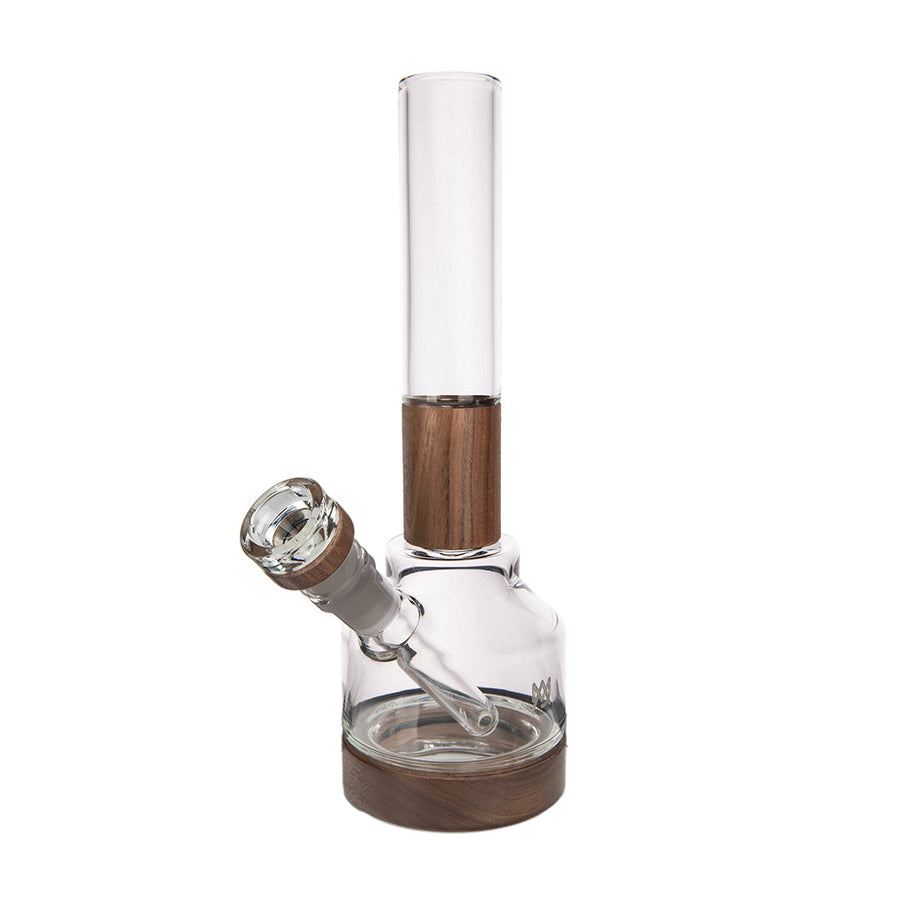
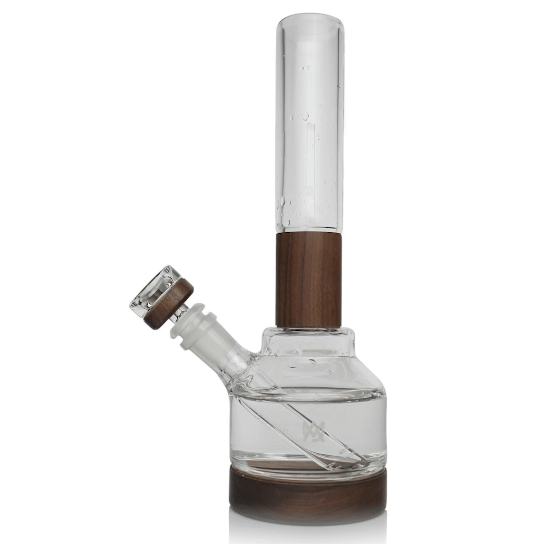
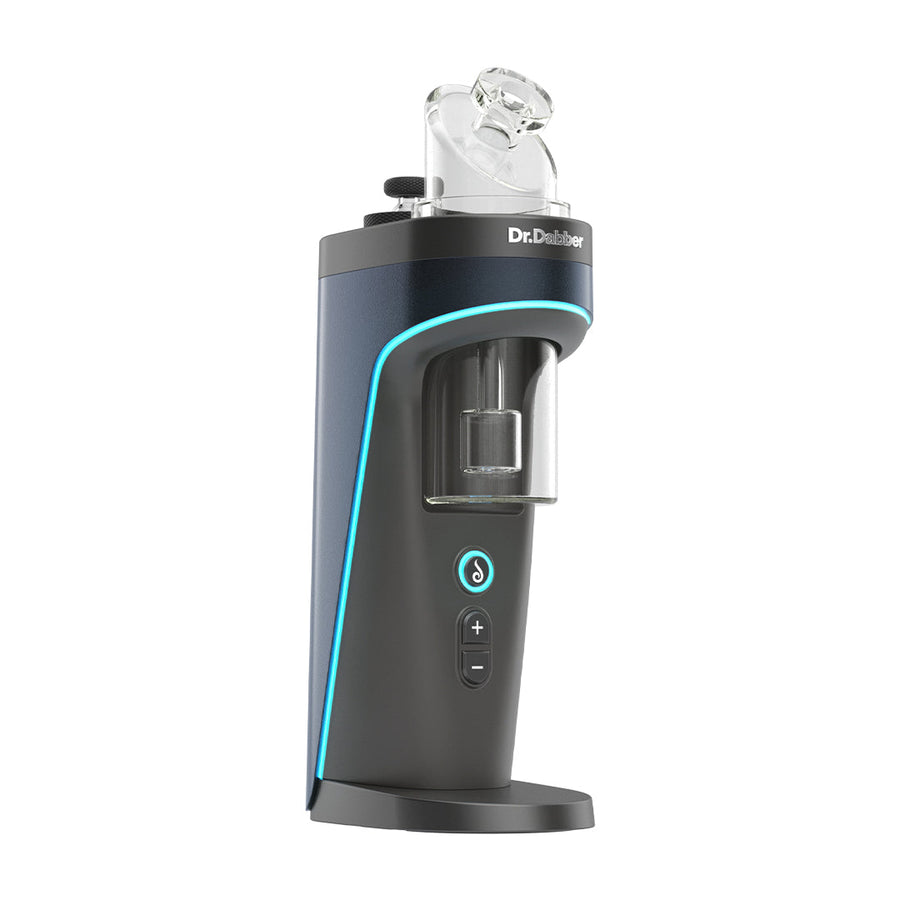
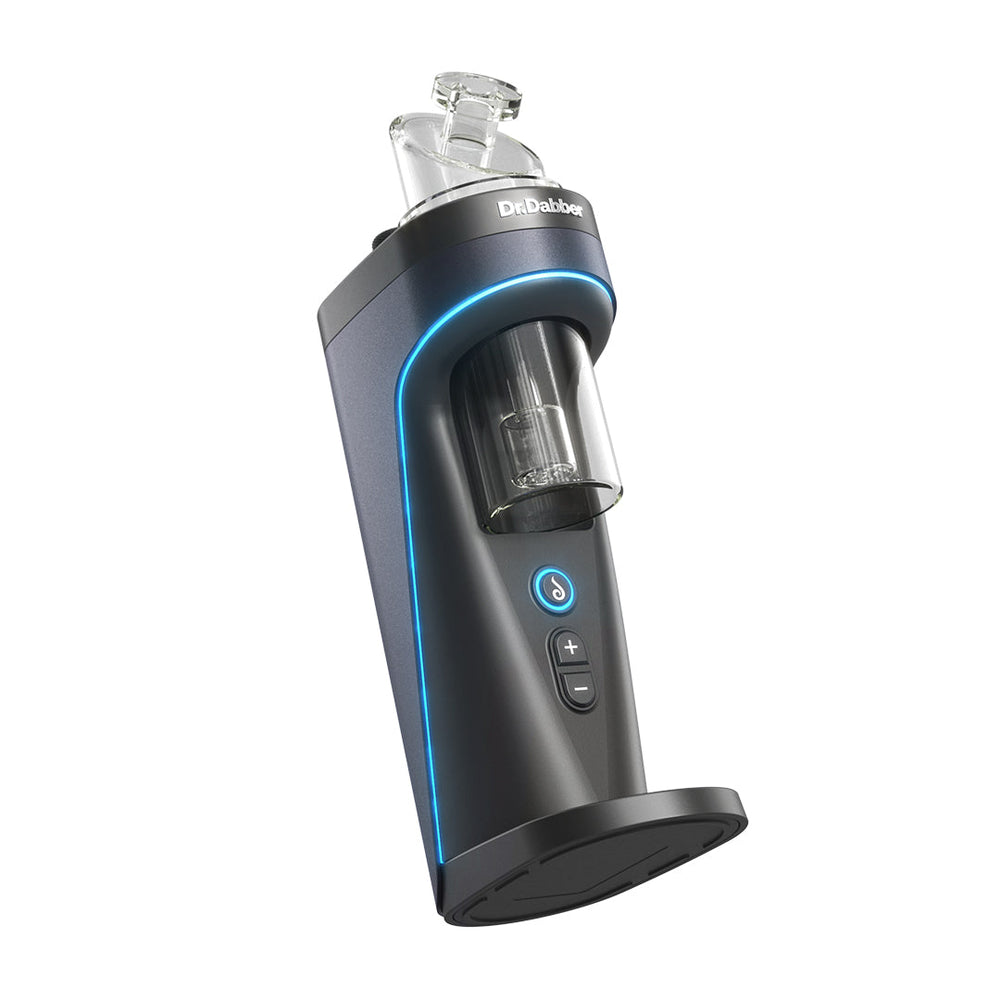
![Vessel Helix Pipe [Copper] - Headshop.com](http://www.headshop.com/cdn/shop/files/ad3c0443-b76d-4fe5-84b8-a617dd50a950.jpg?v=1747419387&width=900)
![Vessel Helix Pipe [Copper] - Headshop.com](http://www.headshop.com/cdn/shop/files/7b0e06e3-9106-4684-80e4-408362c34085.jpg?v=1747419388&width=1000)
![Vessel Wood Vape Pen Battery [White/Beechwood] + - Headshop.com](http://www.headshop.com/cdn/shop/files/4ecd5d0f-363a-454e-a7a0-229fb93bf456.jpg?v=1725470645&width=900)
![Vessel Wood Vape Pen Battery [White/Beechwood] + - Headshop.com](http://www.headshop.com/cdn/shop/files/d232e493-09e6-4574-b44c-3e2bde9425b4.jpg?v=1725470647&width=1000)
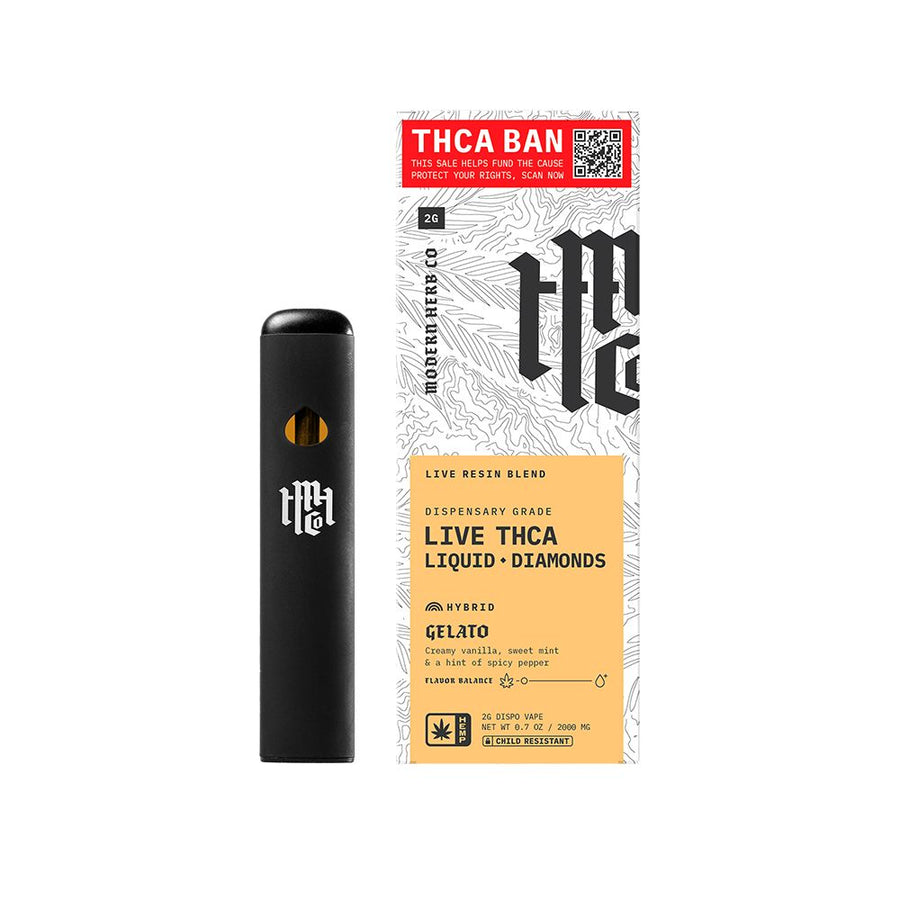
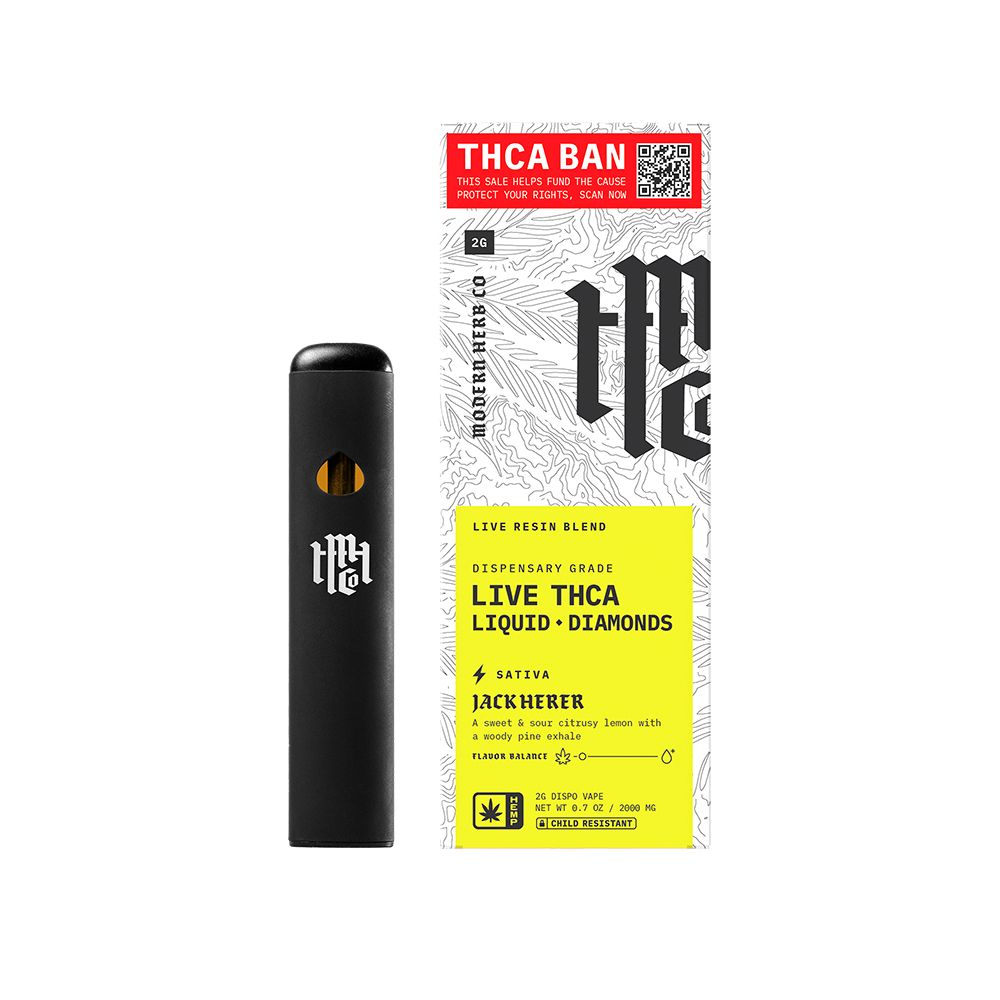
![Vessel Compass Apex Charger [Black] - Headshop.com](http://www.headshop.com/cdn/shop/files/f10e6bf4-6ce7-4a59-a50e-a4184f069754.jpg?v=1729115238&width=900)
![Vessel Compass Apex Charger [Black] - Headshop.com](http://www.headshop.com/cdn/shop/files/dce98c70-346c-405f-aca8-d59c7feed96d.jpg?v=1729115240&width=1000)
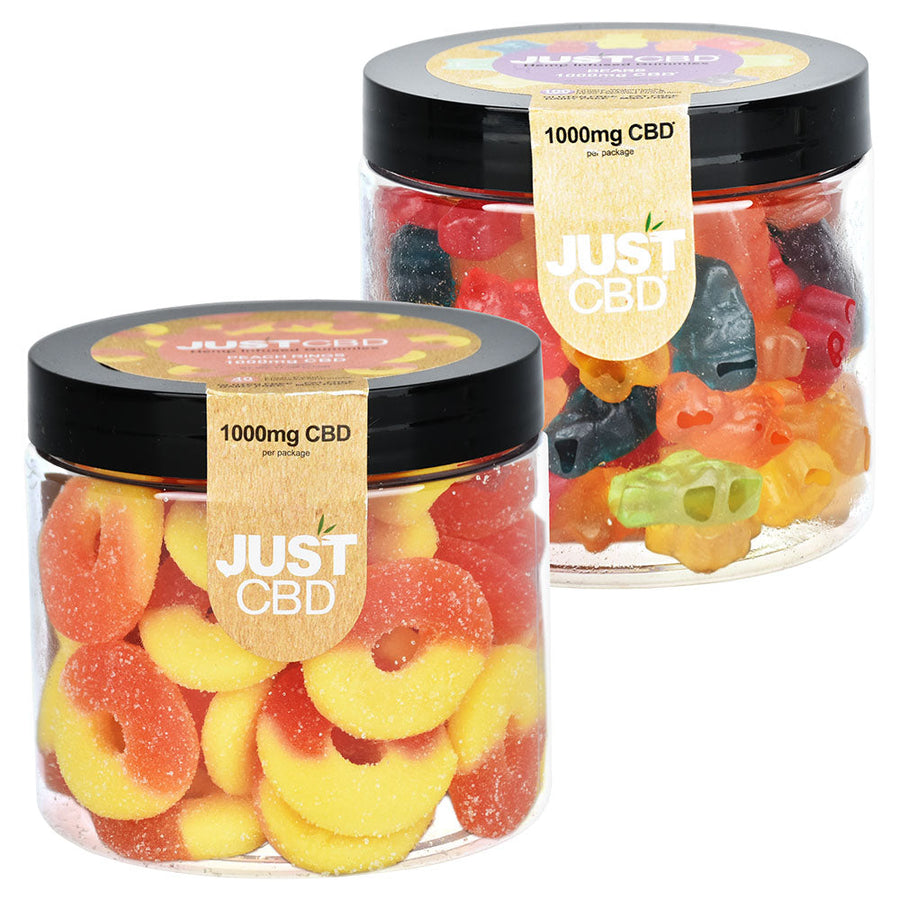
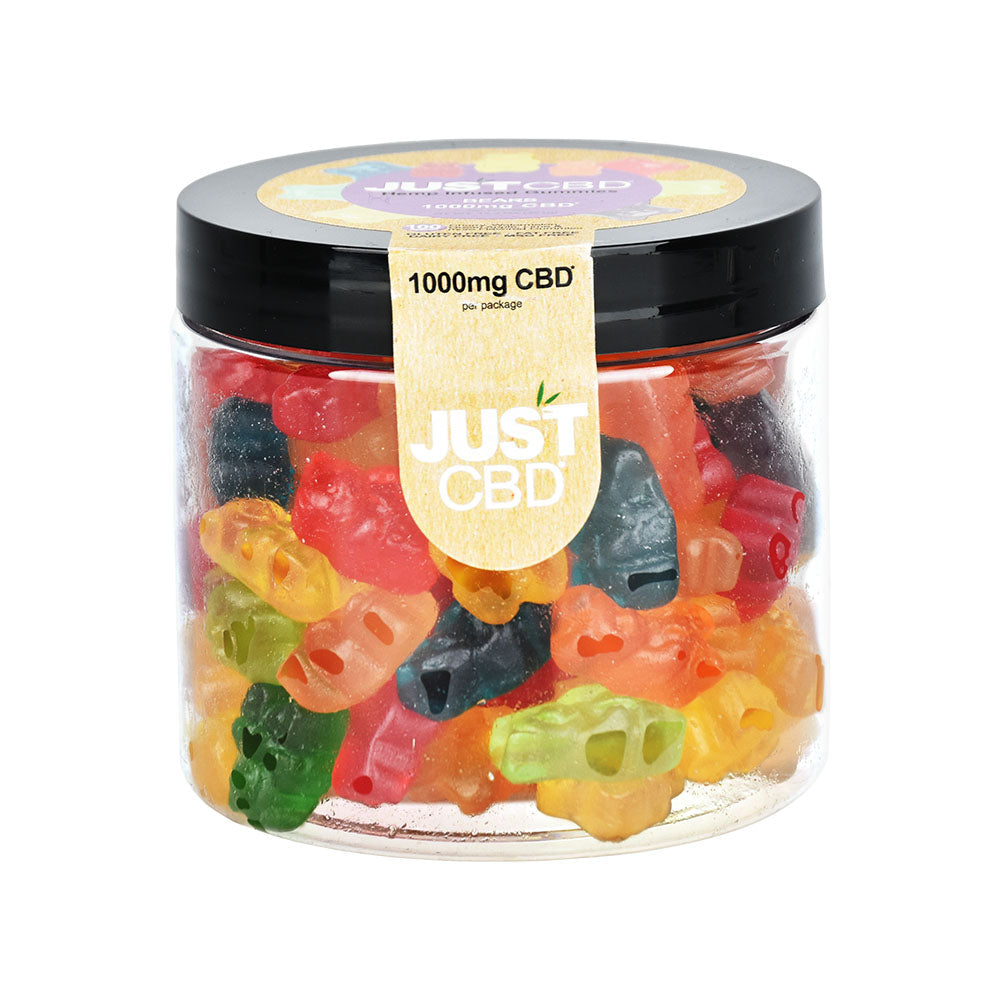
![Vessel Helix Pipe [Black] - Headshop.com](http://www.headshop.com/cdn/shop/files/Pipe_Black_Angle.jpg?v=1744306153&width=900)
![Vessel Helix Pipe [Black] - Headshop.com](http://www.headshop.com/cdn/shop/files/Pipe_Black_Closed.jpg?v=1744306155&width=1000)
![Vessel Compass Rise Vape Bar [Crimson] - Headshop.com](http://www.headshop.com/cdn/shop/files/fc3fd52a-2783-4fac-bd38-bc4f2013a889_5466b32d-da71-427f-8737-bf7d7f5f2c77.jpg?v=1735253136&width=900)
![Vessel Compass Rise Vape Bar [Crimson] - Headshop.com](http://www.headshop.com/cdn/shop/files/66947a99-195c-4deb-b29e-03443ebebd5a_32c35e3d-ba1b-4d4d-a879-3886d37bddf7.jpg?v=1735253136&width=1000)
